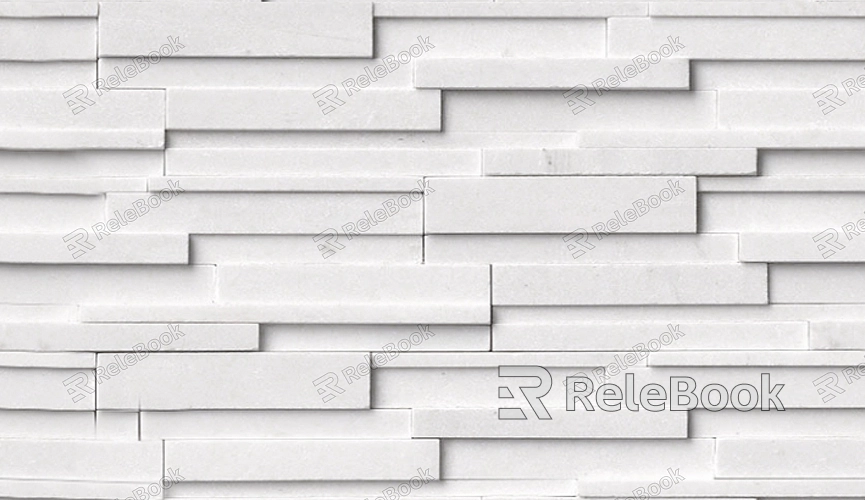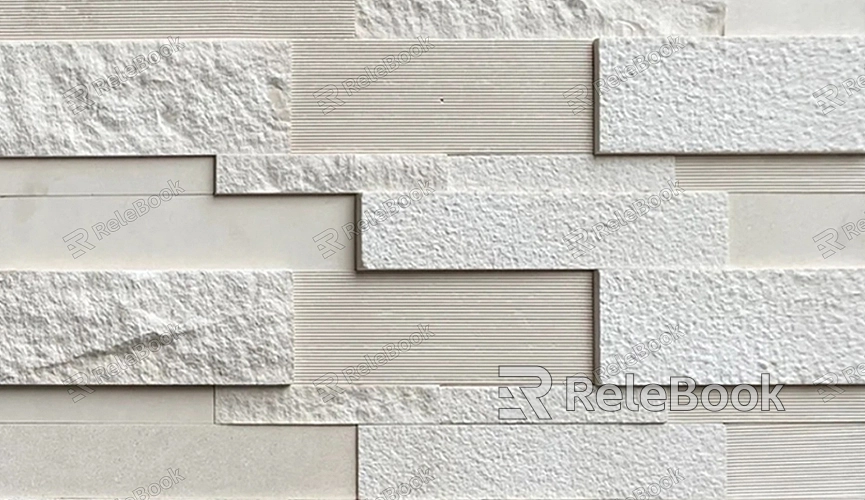How to Apply 3D Textures?

Understanding 3D Textures
Before diving into the application process, it's important to understand what 3D textures are and how they function within a 3D model. A 3D texture, often referred to as a map, is a 2D image that is wrapped around a 3D model to give it color, detail, and surface characteristics. Textures can simulate materials like wood, metal, fabric, or stone, and can also create effects like bumpiness, shininess, or transparency.
There are different types of textures, including diffuse maps, bump maps, normal maps, specular maps, and displacement maps. Each type of map serves a specific purpose:
1. Diffuse Map: Adds color and basic surface detail to the model.
2. Bump Map: Simulates small surface imperfections by altering the way light interacts with the surface.
3. Normal Map: Similar to a bump map but more detailed, normal maps influence how light reflects off the surface to create the illusion of depth.
4. Specular Map: Controls the shininess and reflectivity of the surface.
5. Displacement Map: Physically alters the geometry of the model to create actual depth.
Preparing Your 3D Model for Texturing
Before applying textures, your 3D model must be properly prepared. This step involves ensuring that your model’s geometry is clean and that UV mapping is set up correctly.
1. Cleaning Up the Model
A clean model ensures that textures apply smoothly and without unexpected artifacts. This process might involve removing unnecessary vertices, optimizing the mesh, and ensuring that the model is watertight (i.e., no holes or gaps in the geometry).
2. UV Mapping
UV mapping is the process of projecting a 2D image (your texture) onto a 3D model. Think of it as unwrapping the 3D model into a flat 2D plane, similar to how you might peel an orange and lay the skin flat. Proper UV mapping is critical because it determines how well your texture will align with the model’s surfaces.
During UV mapping, each face of the model is assigned coordinates on the 2D texture map. This step requires careful attention to ensure that the texture doesn’t stretch or distort. Tools like Blender, Maya, or 3ds Max offer comprehensive UV mapping features, including options for automatic unwrapping, manual adjustment, and UV editing.

Applying Textures to Your 3D Model
Once your model is prepared, you can begin applying textures. The process varies slightly depending on the software you are using, but the core principles remain the same.
1. Choosing the Right Texture
Select a texture that fits the material you want to simulate. For instance, if your model is of a wooden chair, choose a high-quality wood grain texture. Ensure that the texture resolution is adequate for your model's size—textures that are too low in resolution can appear blurry, while excessively high-resolution textures can be unnecessarily heavy and slow down rendering.
2. Applying the Texture
Most 3D modeling software allows you to apply textures by assigning a material to the model and then linking the texture map to that material. For example, in Blender, you would create a new material, select the appropriate shader (like a PBR shader), and then load your texture image into the shader's texture slot.
Refining the Texture Application
After applying the texture, you may need to refine the appearance to achieve the desired look. This step involves adjusting settings and possibly layering multiple textures.
1. Adjusting Texture Coordinates
You may need to tweak the UV coordinates to ensure the texture aligns correctly with the model. This process might include scaling, rotating, or translating the UV map to eliminate seams or correct any stretching.
2. Adding Detail with Additional Maps
To enhance realism, consider adding additional maps like bump, normal, or specular maps. These maps add complexity to the surface without increasing the polygon count, making them essential for detailed textures like brick, leather, or metal.
3. Baking Textures
Baking textures involves pre-calculating complex shading, lighting, and texture information and storing it in texture maps. This process is particularly useful in game development where real-time performance is crucial. By baking details like ambient occlusion, shadows, and light, you can achieve a realistic look without burdening the real-time rendering engine.
Common Challenges and How to Overcome Them
Applying 3D textures can sometimes be challenging, especially if you're dealing with complex models or large projects. Here are some common issues and how to solve them:
1. Texture Stretching
Stretching occurs when the UV map doesn’t match the model’s geometry well. To fix this, revisit your UV mapping and adjust the coordinates, or consider breaking the UV map into smaller sections.
2. Seams Between Textures
Seams can appear where two edges of the UV map meet. To reduce visibility, carefully place seams where they will be less noticeable or use texture painting tools to blend the textures across seams.
3. Blurry Textures
Blurriness usually results from low-resolution textures or incorrect UV scaling. Ensure your textures have adequate resolution, and check that the UV map is scaled correctly relative to the texture.
Rendering the Textured Model
Once the textures are applied and refined, the final step is rendering the model. Rendering brings everything together, producing an image or animation of your textured model in a simulated environment.
1. Setting Up the Scene
Arrange your model within a scene, adding lighting, background elements, and any additional effects that will enhance the final render. Pay close attention to the lighting as it dramatically affects how your textures appear.
2. Choosing the Right Render Engine
Different render engines offer various advantages depending on your needs. Engines like Cycles (Blender), V-Ray (3ds Max), and Arnold (Maya) provide different capabilities in terms of realism, speed, and flexibility. Experiment with different render settings to achieve the best balance between quality and rendering time.
FAQ
What resolution should I use for textures?
The resolution of your textures depends on the size of your model and the level of detail required. Common resolutions are 1024x1024 or 2048x2048 pixels, but higher resolutions may be necessary for detailed or large-scale models.
Can I apply multiple textures to a single model?
Yes, you can apply multiple textures to different parts of a model by creating separate materials and assigning them to specific areas using the UV map.
How do I fix seams in my textures?
Seams can be minimized by carefully placing them in less visible areas or by using texture painting tools to blend textures across the seams.
Why do my textures look blurry?
Blurry textures are often due to low-resolution textures or improperly scaled UV maps. Ensure your textures are high enough in resolution and that your UV map is correctly proportioned.
What is the difference between a bump map and a normal map?
Both bump maps and normal maps simulate surface detail, but normal maps provide more detailed and accurate surface effects by affecting how light interacts with the surface normals of the model.

